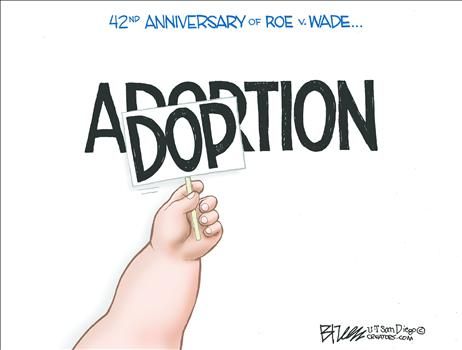2017 is a year of milestone anniversaries for events that shaped our world: the Reformation, the Russian Revolution, and one horrible Supreme Court decision.
As John Stonestreet often says, “ideas have consequences and bad ideas have victims.” One such victim was Carrie Buck. She was the “Buck” in Buck v. Bell, the notorious 1927 Supreme Court decision that upheld Virginia’s statute permitting compulsory sterilization for those deemed to be “feebleminded” and “unfit.”
In his majority decision, Justice Oliver Wendell Holmes, Jr., wrote that, “It is better for all the world, if . . . society can prevent those who are manifestly unfit from continuing their kind.” He then concluded by saying, “three generations of imbeciles are enough.”
The “imbeciles” Holmes referred to were Buck, her mother, and Buck’s infant daughter. But as Adam Cohen tells readers in his recent book, “Imbeciles: The Supreme Court, American Eugenics, and the Sterilization of Carrie Buck,” there was nothing wrong with Carrie Buck, her mother, or her daughter. The problem lay in bad ideas that can be summed up in one word: eugenics.
Eugenics, a word that combines the Greek words for “well” and “born,” was the creation of Francis Galton, Charles Darwin’s cousin. Like many of his Victorian peers, Galton was concerned that the vast majority of children were born to what he regarded as “inferior stock.”
While Galton’s preferred approach was to create a “highly gifted race of men” through “judicious marriages,” his contemporaries were not so gentle. Many of them opposed charity and even vaccines because they “helped people survive who had been targeted by nature for illness and death.” If that sounds like “survival of the fittest” to you, that’s exactly what it was.
Darwin, as Cohen tells us, “conceded there might well be practical advantages to abandoning ‘the weak and helpless.’” But he added that to do so would create “an overwhelming present evil.”
Many adherents to Darwin’s ideas were not as squeamish. By the time Carrie Buck was born, much of America’s intellectual elites had embraced eugenics and had decided that the only way to deal with the “manifestly unfit” was coercion, in particular, sterilization.
One of the most committed and ruthless of these supporters was Oliver Wendell Holmes, Jr. How ruthless? In 1921, in a letter to a friend, he didn’t rule out the possibility of infanticide “to reduce the number of ‘undesirables.’” Carrie Buck never stood a chance. Buck v. Bell was the culmination of seventy-plus years of bad ideas. And the rest is history.
Except that it is isn’t. Buck v. Bell has never been overturned by the Supreme Court.
In 2001, the Eighth Circuit Court of Appeals, citing Holmes’ decision, ruled that “involuntary sterilization is not always unconstitutional.”
More recently, 150 inmates were sterilized without their consent in California prisons between 2006 and 2010.
Last summer, a Tennessee judge offered inmates reduced jail time in exchange for undergoing vasectomies or receiving contraceptive implants.
Eugenics is a terrible idea that won’t go away. As Cohen points out, the rise of “DNA editing” raises eugenic questions about “whether parents should be allowed to modify the embryos of their future children to whether the government should be allowed to require it.”
If Carrie Buck, who died in 1983, were here today, she would remind us that “manifestly unfit” is in the eye of the beholder. And the beholder usually isn’t squeamish.
[bold, italics, and colored emphasis mine]
RESOURCES - As Eric points out, eugenics is not new to America’s history. It’s a concept that even now gets consideration–whether in medicine, science, biology, or law. To find out more on this topic, check out the resources linked below.
"New Technology, Same Old Eugenics: What Could Possibly Go Wrong?" - John Stonestreet | BreakPoint.org | March 10, 2016; http://www.breakpoint.org/2016/03/new-technology-same-old-eugenics/
"Three Generations of Eugenics: Sterilizing California Prisoners" - Eric Metaxas | BreakPoint.org | July 15, 2013; http://www.breakpoint.org/2013/07/three-generations-eugenics/
"War Against the Weak: Eugenics and America's Campaign to Create a Master Race" - Adam Cohen | Dialog Press | April 2012; https://www.amazon.com/War-Against-Weak-Eugenics-Americas/dp/0914153293







No comments:
Post a Comment